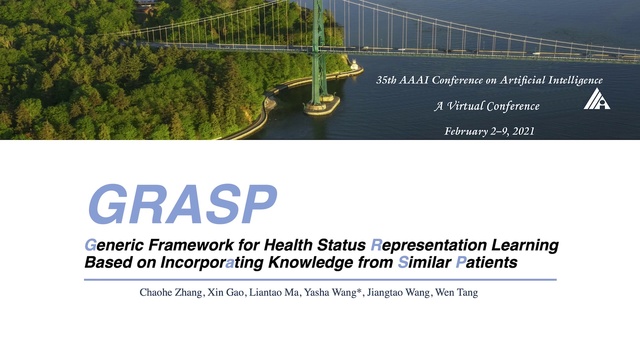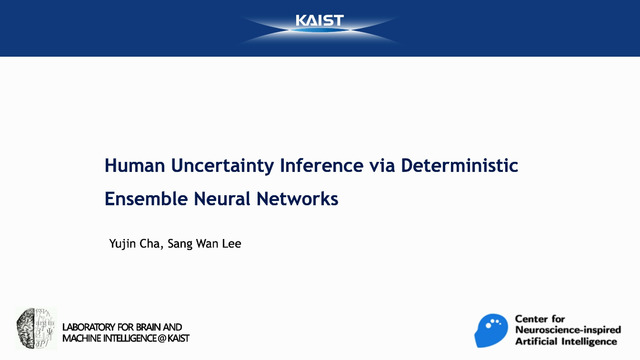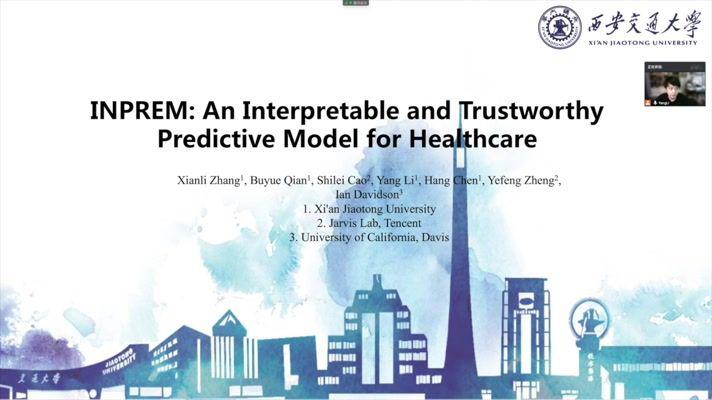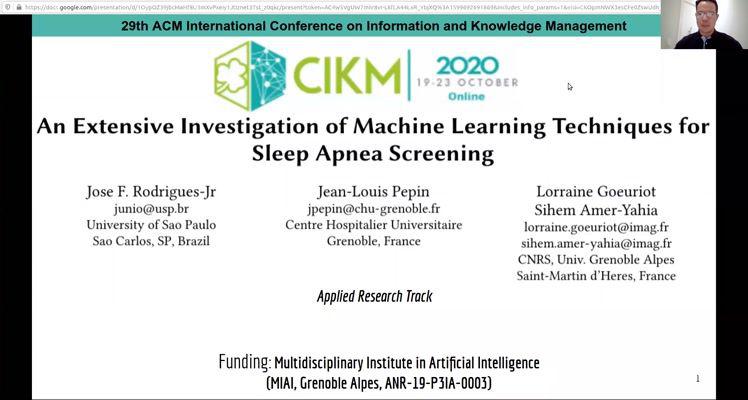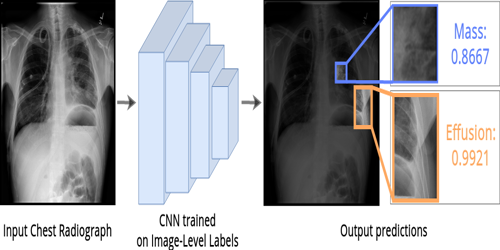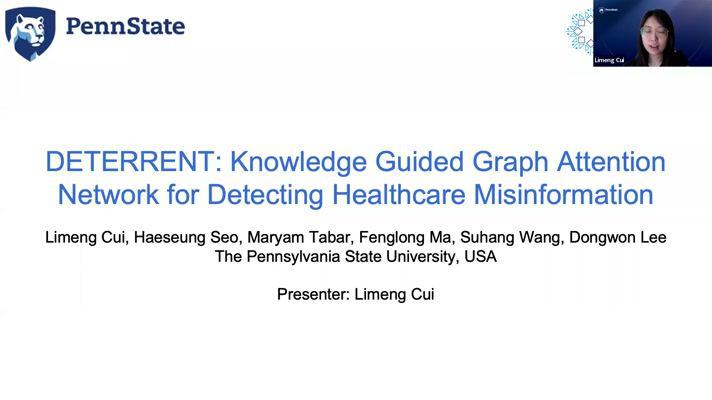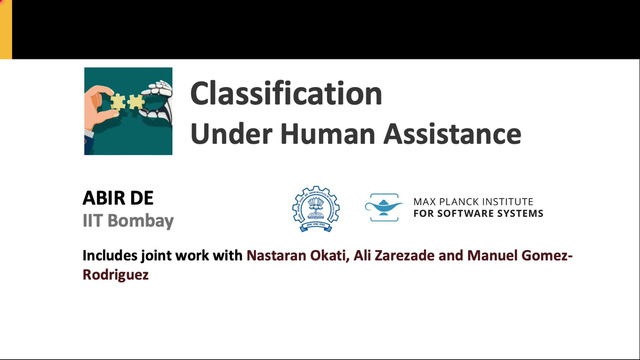Abstract:
Applying machine learning in healthcare can be problematic because predictions might be biased, can lack robustness, and are prone to overly rely on correlations. Interpretable machine learning can mitigate these issues by visualizing gaps in problem formalization and putting the responsibility to meet additional desiderata of machine learning systems on human practitioners. Generalized additive models with interactions are transparent, with modular one- and two-dimensional risk functions that can be reviewed and, if necessary, removed. The key objective of this study is to determine whether these models can be interpreted by doctors to safely deploy them in a clinical setting. To this end, we simulated the review process of eight risk functions trained on a clinical task with twelve clinicians and collected information about objective and subjective factors of interpretability. The ratio of correct answers for dichotomous statements covering important properties of risk functions was 0:83±0:02 (n = 360) and the median of the participants’ certainty to correctly understand them was Certain (n = 96) on a seven-level Likert scale (one = Very Uncertain to seven = Very Certain). These results suggest that doctors can correctly interpret risk functions of generalized additive models with interactions and also feel confident to do so. However, the evaluation also identified several interpretability issues and it showed that interpretability of generalized additive models depends on the complexity of risk functions.




